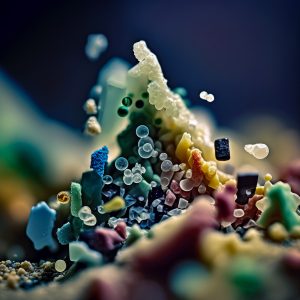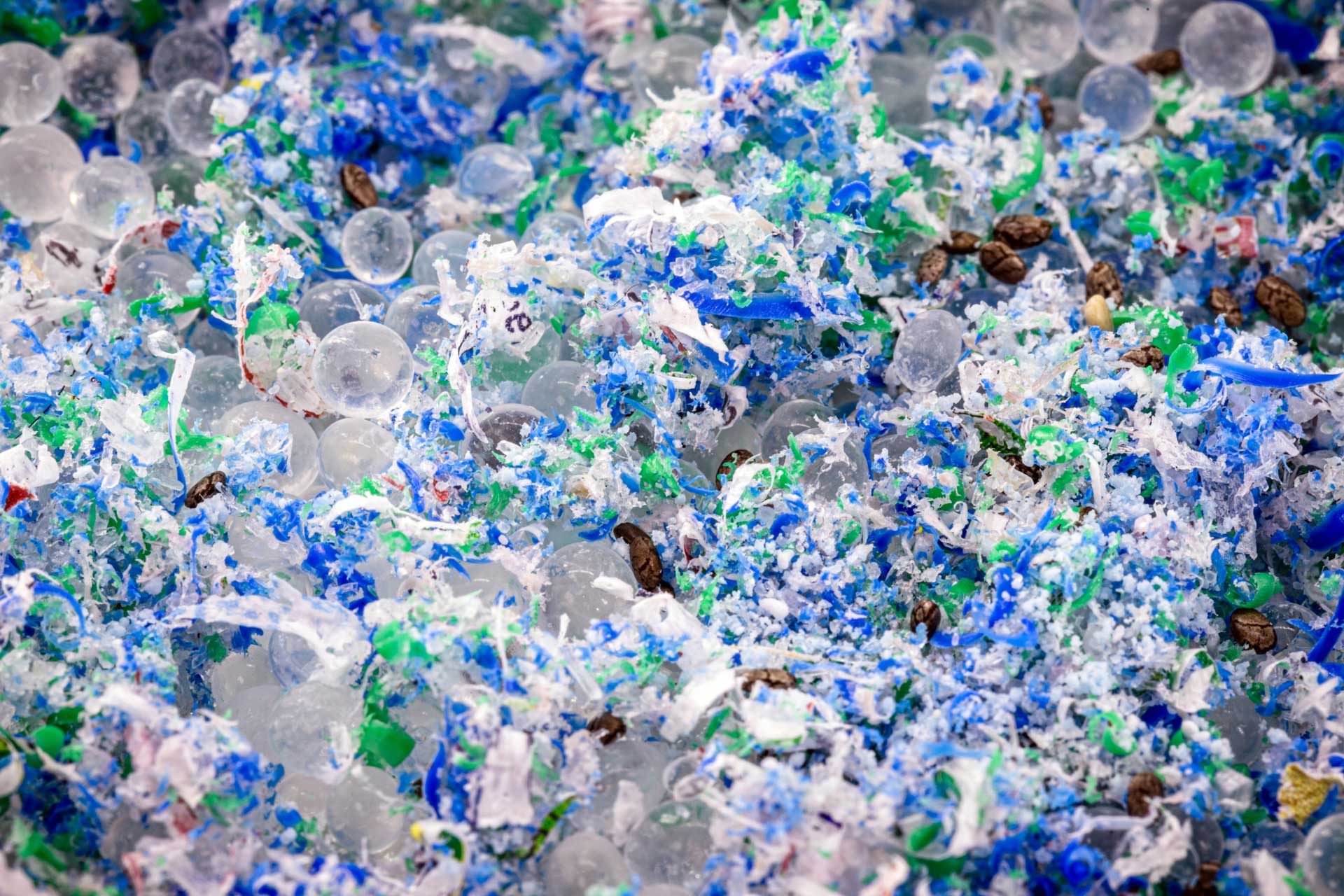New Regulation (EU) no. 2055/2023 marks a decisive turning point in the fight against microplastic pollution, an environmental problem of growing concern. This regulation represents a significant step towards achieving the objectives of the European Green Deal and the new action plan for the circular economy, placing the European Union at the forefront of environmental protection and food safety.
Context and Objectives
The EU aims to reduce (intentional and unintentional) microplastic releases by 30% by 2030, an ambitious target that reflects a commitment to a zero pollution action plan. Regulation (EU) 2055/2023 amends Annex XVII of the REACH Regulation, introducing new restrictions for entry 78, which concerns synthetic polymer microplastics, thus limiting the intentional addition of these substances in a wide range of products.
What are Microplastics?
Microplastics are defined as microparticles of synthetic polymers that can be contained in particles, constituting at least 1% by weight, or create a continuous surface coating. Those with dimensions equal to or less than 5 mm, or with a length less than 15 mm and a length/diameter ratio greater than 3, are particularly regulated.
 Significative Exclusions
Significative Exclusions
The regulation specifically excludes:
- Natural polymers not chemically modified
- Degradable polymers, according to the criteria of Appendix 15
- Water-soluble Polymers beyond a certain threshold, as defined in Appendix 16
- Polymers without carbon atoms in their chemical structure.
Impact on Products and Market
With the entry into force of the regulation, there is a ban on the manufacture, use and marketing of various products containing microplastics. This will affect sectors such as artificial sports surfaces, cosmetics, detergents and others, with variable deadlines depending on the product.
Supplier Responsibilities
Suppliers of synthetic polymer microparticles are now required to provide detailed instructions for use and disposal from October 17, 2025, to prevent their release into the environment.
Degradability and Solubility Standards and Tests
The Regulation establishes rigorous standards for demonstrating the degradability and solubility of polymers, requiring tests conducted by laboratories compliant with good laboratory practices or accredited according to ISO 17025.
Regulation (EU) no. 2055/2023, which entered into force on October 17, 2023, represents a clear signal of the EU’s commitment to environmental sustainability and public health. It is essential that companies begin to evaluate and adapt their practices to ensure they are in full compliance with these important new provisions.
The path towards the elimination of microplastics is complex and requires a joint commitment from companies, consumers and institutions With this new regulation, the EU is laying the foundations for a cleaner and safer future, where citizens’ health and environmental protection are undisputed priorities.




